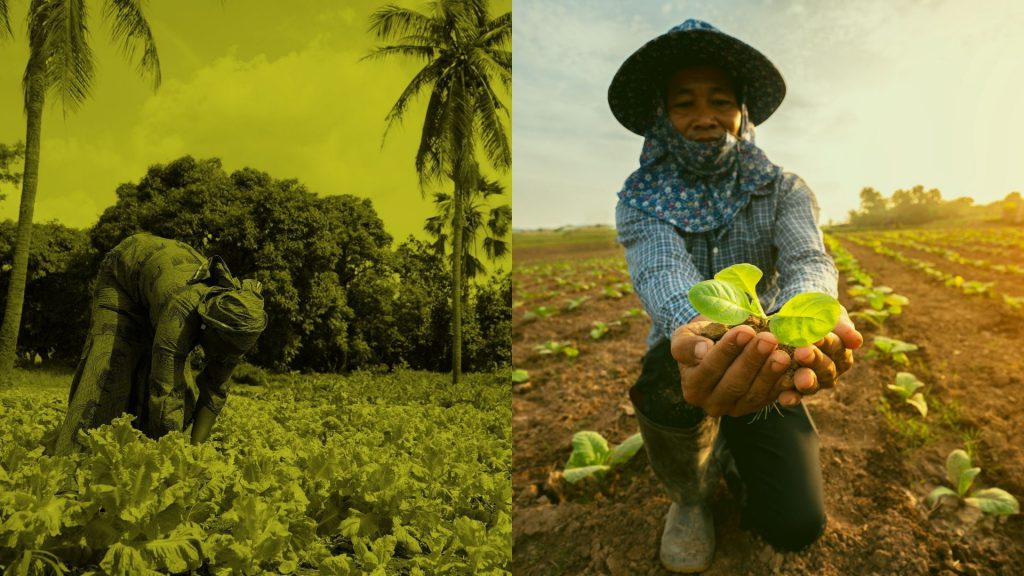“What are you going to measure? The seed industry is not at all interested in smallholder farmers.” This was one of the reactions received when the idea for an Access to Seeds Index was first presented to a wider audience in July 2013. Three years later, the results of the first index showed that statements like this need to be reexamined. Although there is a lot of room for improvement and many smallholders have yet to be reached, the industry is clearly considering ways to service this emerging customer base. The results also showed that it is possible to implement sustainable business practices that serve the interests of both companies and entrepreneurial smallholders.
The index assessed company efforts in areas such as breeding, distribution and adoption as well as how companies handle their intellectual property in emerging markets. The parameters for the first assessment were based on one basic question posed to numerous stakeholders in and around the seed industry: How do you expect seed companies to improve access to quality seeds for smallholder farmers?

Some of the examples highlighted in the first index involve hightech solutions, such as solar-powered weather stations and mobile technologies that can provide low-cost crop insurance against weather risks. Others are more low key, such as the use of mobile seed shops with agronomists providing advice in remote villages and local markets where smallholders generally buy their seeds.
Overall, the index provided a unique insight into the seed industry’s current efforts. Company scorecards enumerated these efforts at the individual company level. Industry-level analysis revealed the industry’s coverage in countries with a smallholder presence, food security challenge and agricultural potential. Company rankings provided insight into leadership at both the global and regional level, highlighting, for instance, the important role regional companies play in reaching smallholder farmers.


